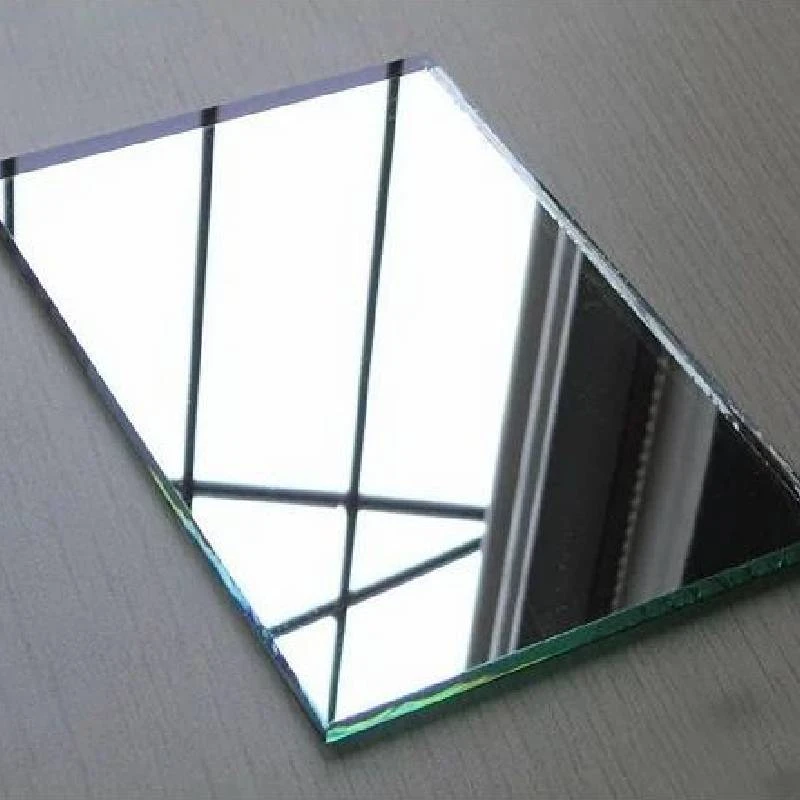

Exploring the Elegance of Satin Pattern Glass
Satin pattern glass, with its exquisite textures and subtle beauty, has captured the hearts of artists, designers, and collectors alike. This unique form of glass is widely celebrated for its soft, velvety finish and intricate patterns, which create a stunning play of light and shadow. As we delve into the world of satin pattern glass, we discover not only its aesthetic qualities but also its rich history and diverse applications.
The Origins of Satin Pattern Glass
The art of glassmaking has ancient roots, tracing back thousands of years to civilizations such as the Egyptians and Romans. However, satin pattern glass as we know it began to gain popularity in the late 19th century. During this period, manufacturers sought to create glassware that conveyed a sense of luxury and sophistication. Techniques were developed to treat the glass surface, resulting in a soft, frosted appearance that resembled satin fabric.
One of the earliest known producers of satin pattern glass was the American company Fenton Art Glass. Established in 1905, Fenton pioneered the use of satin finishes and intricate molded designs, marking the onset of a new era in glass artistry. This innovation quickly spread across Europe and America, leading to a vibrant market for satin pattern glass that catered to a diverse clientele.
The Aesthetic Appeal of Satin Pattern Glass
At first glance, satin pattern glass captivates with its serene beauty. The subtle sheen of the surface gives it an enchanting quality, allowing colors to appear more muted and sophisticated. The patterns etched into the glass add depth and texture, inviting the viewer to explore its intricacies. Popular motifs include floral designs, geometric shapes, and whimsical elements, often inspired by the natural world.
Collectors particularly appreciate the way satin pattern glass reflects light. Unlike clear or polished glass, the satin finish diffuses light, creating a warm glow that enhances the surrounding space. This property makes satin pattern glass an ideal choice for lighting fixtures, decorative vases, and various art pieces. Its versatility allows it to harmonize with different interior styles, from vintage to contemporary.

Techniques in Creating Satin Pattern Glass
The creation of satin pattern glass involves several intricate techniques. Initially, glass artisans shape molten glass into desired forms using molds. Once cooled, the surface undergoes a finish treatment, typically achieved through sandblasting or acid etching. Sandblasting involves propelling abrasive particles at the glass surface, while acid etching uses a chemical solution to create the frosted effect.
Additionally, color application plays a significant role in the final appearance of satin pattern glass. Various coloring agents can be introduced during the glassblowing process, resulting in a rich palette of hues. The interplay between the satin finish and vibrant colors creates unique visual experiences, making each piece a work of art in its own right.
Applications in Modern Design
Satin pattern glass has transcended its origins and remains a popular choice in modern design. From elegant home décor items to functional glassware, the versatility of satin pattern glass allows it to fit seamlessly into contemporary settings. Designers often incorporate satin glass into lighting fixtures, which not only provide illumination but also act as stunning focal points in a room.
Moreover, satin pattern glass is appreciated in the realm of fine art. Artists frequently use this medium to create sculptural pieces, experimenting with different textures and forms. The enchanting quality of satin glass enhances the narrative conveyed through their art, inviting viewers to engage with the piece on both a visual and tactile level.
Conclusion
Satin pattern glass embodies a harmonious blend of beauty, history, and craftsmanship. Its soft, frosted finish coupled with intricate designs elevates it to a status of elegance that resonates across various cultures and time periods. As we admire the delicate creations of artisans and designers, we are reminded of the enduring appeal of satin pattern glass, a true testament to the artistry of glassmaking. Whether you are a collector, designer, or casual admirer, satin pattern glass continues to inspire and delight, making it a cherished medium in the world of art and design.